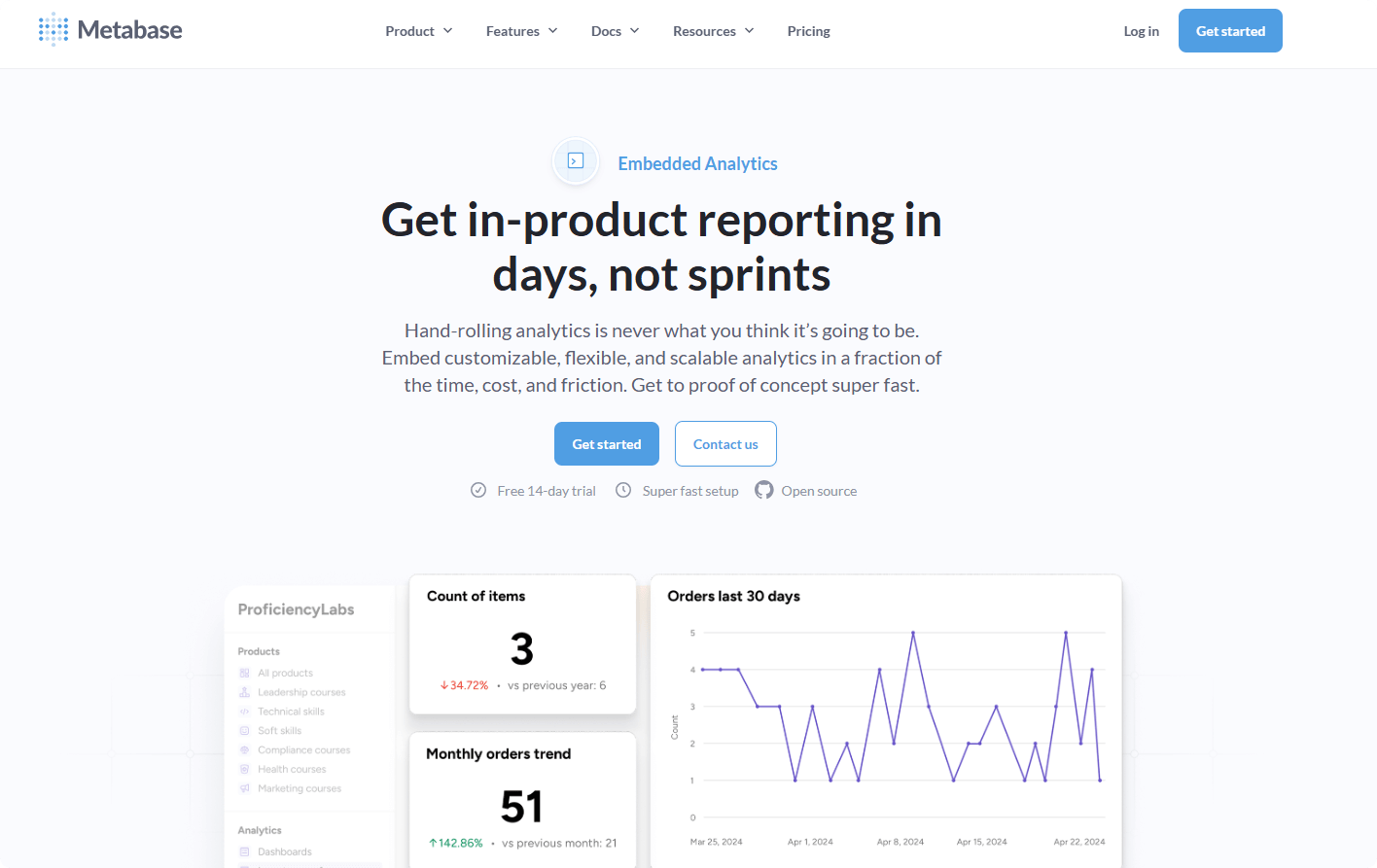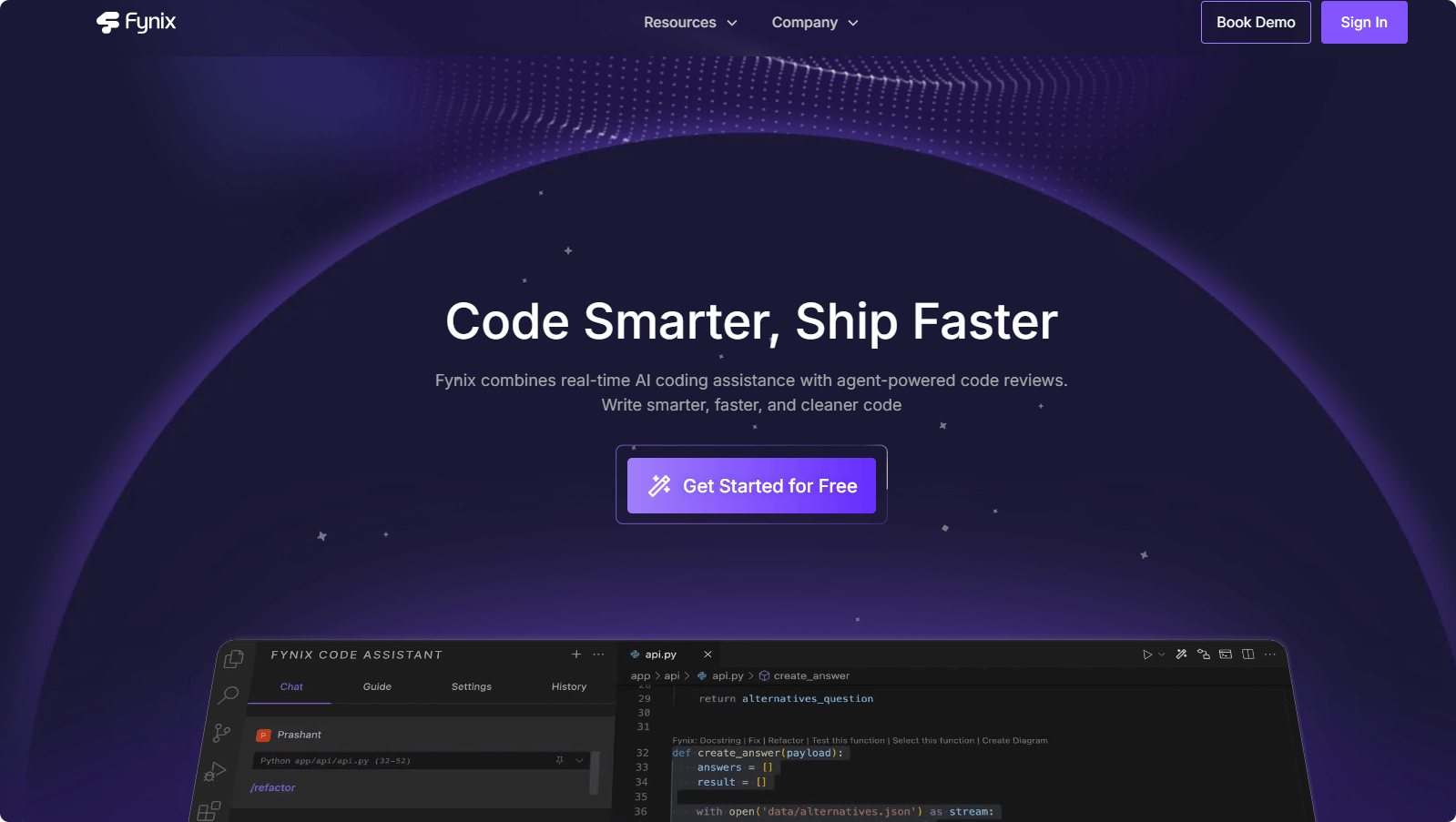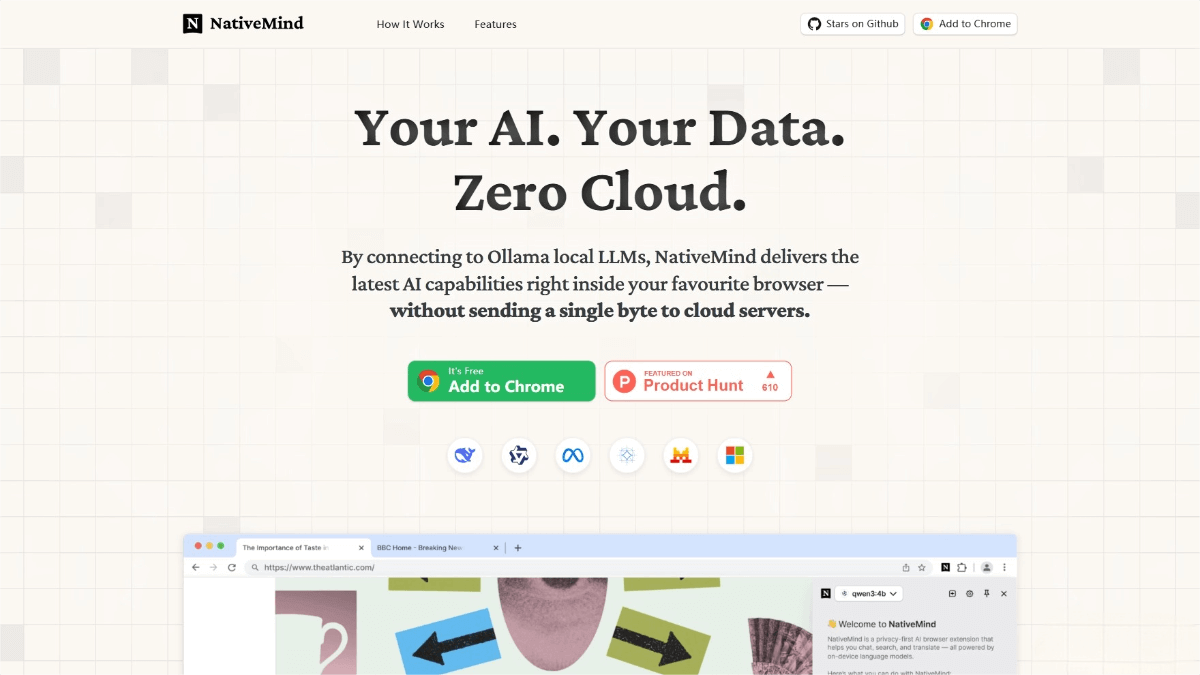A New Era of Embedded Analytics: In-Depth Guide to Metabase Embedded Analytics
What is Metabase Embedded Analytics?
Metabase Embedded Analytics is a feature provided by Metabase that allows users to embed dashboards and reports into external systems in a secure and interactive way. This enables businesses to present real-time analytical insights within their own applications, customer portals, or SaaS platforms—without requiring users to navigate away or use separate tools.
Metabase supports two main embedding methods:
-
Iframe Embedding: Ideal for quick integration with minimal engineering effort. It offers both interactive and static modes to suit different needs.
-
React SDK Embedding: Best for scenarios requiring deep customization, giving developers full control over the embedded components and their behavior.

What Are the Key Features?
Metabase Embedded Analytics offers a powerful set of features to help businesses deliver professional, interactive data experiences:
-
Interactive Visualizations: A wide range of chart types with support for hover actions, zooming, and drill-downs.
-
Self-Service Data Exploration: Non-technical users can ask questions and generate reports using a simple query builder.
-
Permission Management: Row-level and column-level security ensures users only see the data they’re authorized to access.
-
White-labeling: Customize styles—including colors, fonts, and logos—to align the embedded components with your brand.
-
Multi-Tenant Support: Features like data sandboxing and SSO (Single Sign-On) enable secure access in multi-tenant environments.
-
Fast Deployment and Iteration: Get up and running in minutes, with the flexibility to quickly iterate based on user needs.
What Are the Technical Principles?
Metabase Embedded Analytics is built on a robust technical foundation, enabling secure, real-time, and customizable analytics integration:
-
Embedding Methods: Supports Iframe and React SDK to embed dashboards and charts into external applications.
-
Authentication: Integrates with authentication protocols such as JWT and SAML for secure Single Sign-On (SSO).
-
Access Control: Uses Metabase’s permission system along with user attributes and sandboxing to manage access to data.
-
Data Connectivity: Compatible with a wide variety of data sources, including SQL and NoSQL databases.
-
Customization: Developers can use the SDK APIs to tailor the functionality and appearance of embedded components for seamless integration.
Project Links
-
Official Website: https://www.metabase.com/product/embedded-analytics
-
Chinese Website: https://metabase.net.cn/product/embedded-analytics
-
GitHub Repository: https://github.com/metabase/metabase
What Are the Use Cases?
Metabase Embedded Analytics is well-suited for a wide range of data integration scenarios across industries:
-
SaaS Platforms: Deliver native dashboards and reports to users within the app to increase value and engagement.
-
Enterprise Portals: Empower employees to explore and analyze business data directly in internal systems.
-
Customer Service Portals: Provide clients with personalized data insights, enhancing the overall service experience.
-
Education: Analyze student performance and feedback data to improve academic outcomes.
-
Healthcare: Monitor patient metrics and resource utilization to improve operational efficiency.
-
E-commerce: Track sales trends and customer behavior in real-time to optimize marketing strategies.
-
Finance: Offer embedded tools for portfolio analysis, risk evaluation, and investment tracking.
Related Posts




